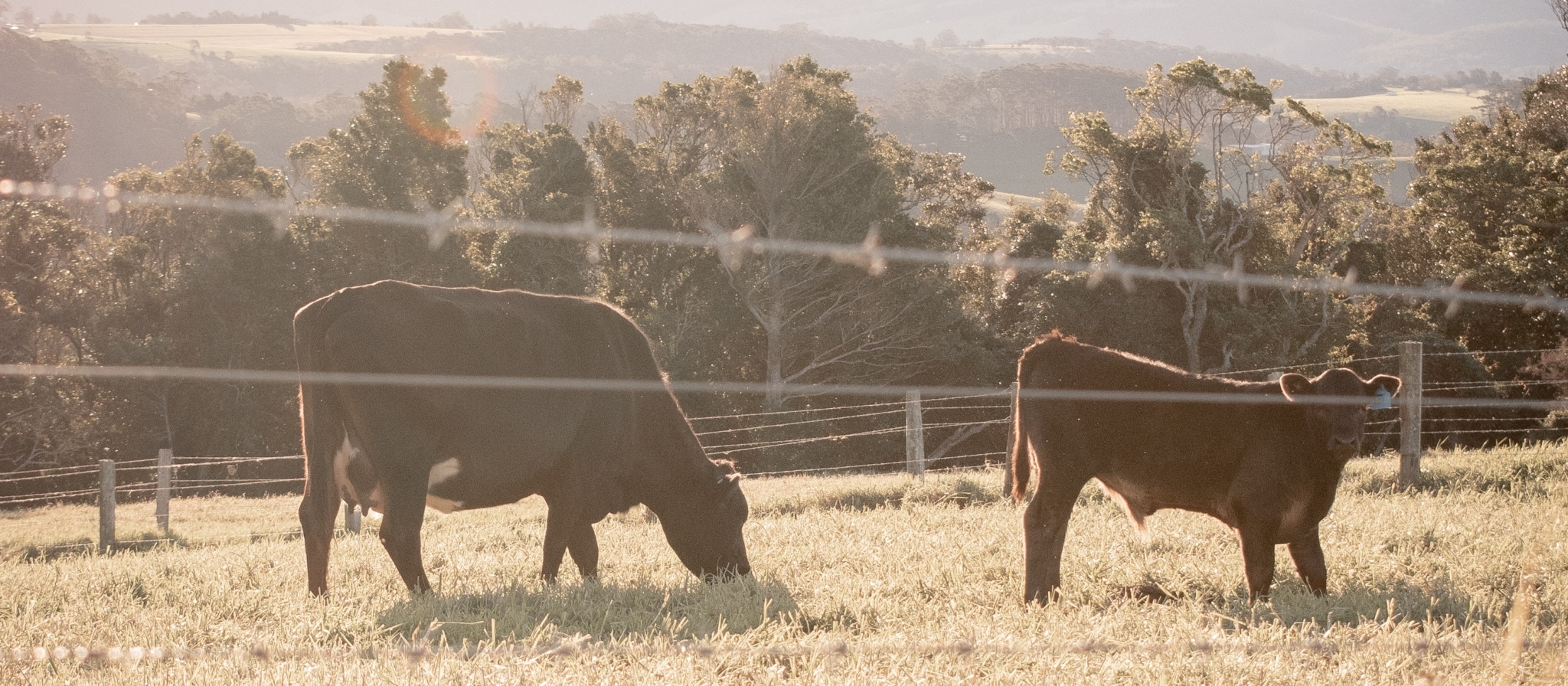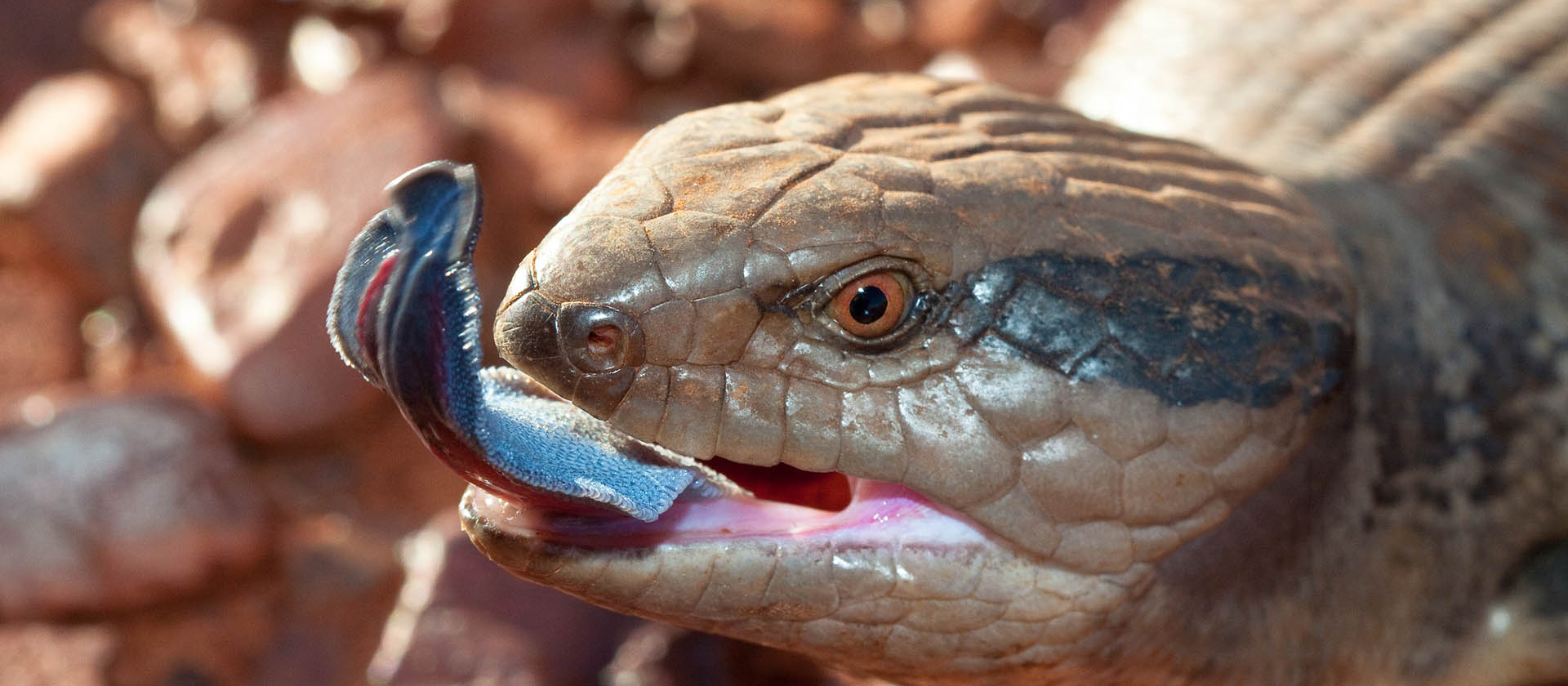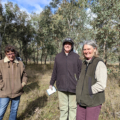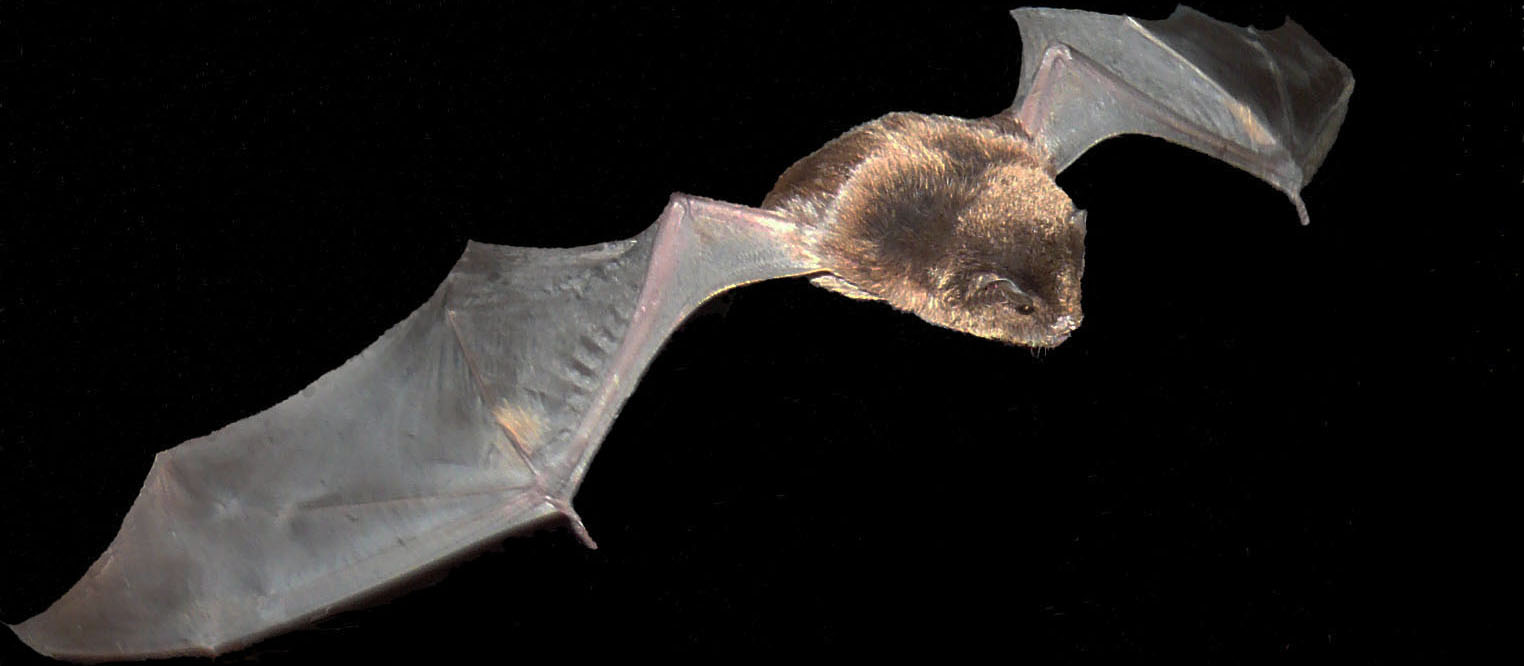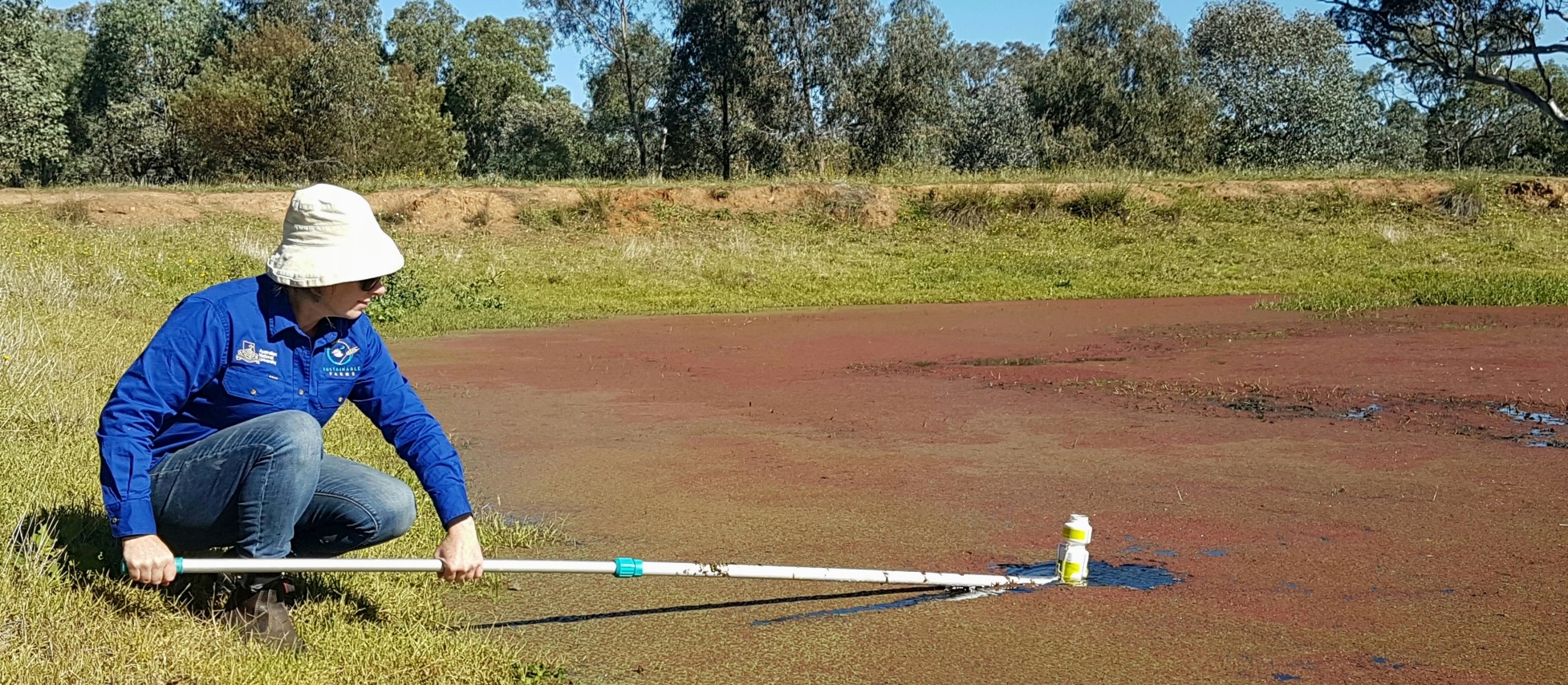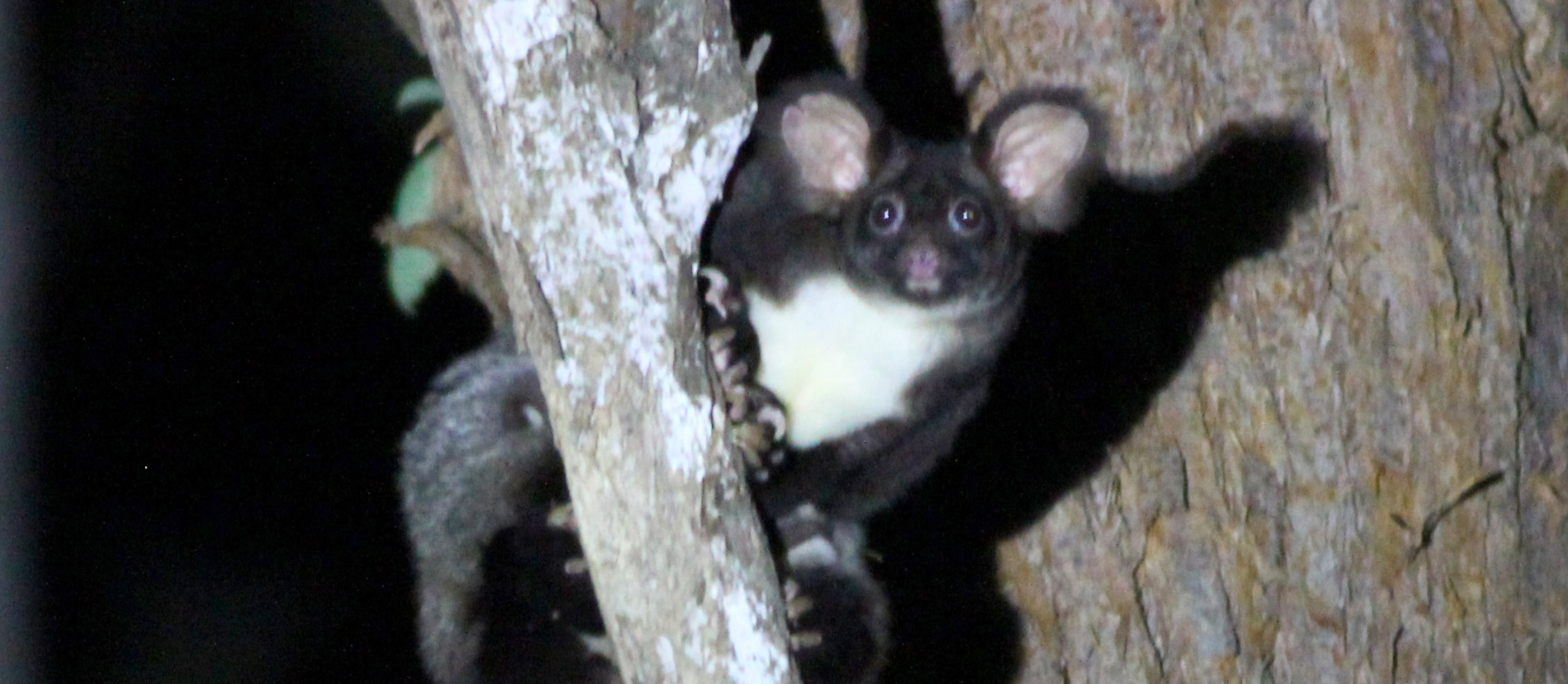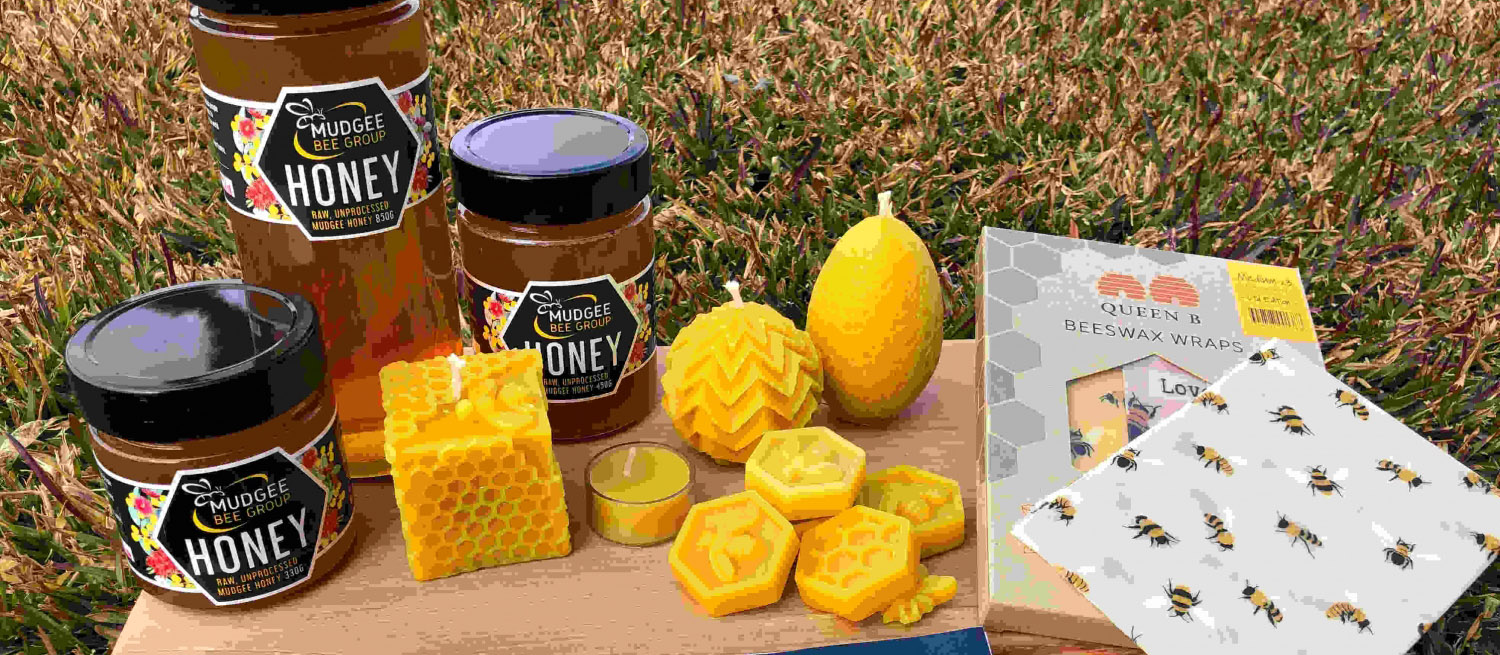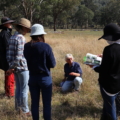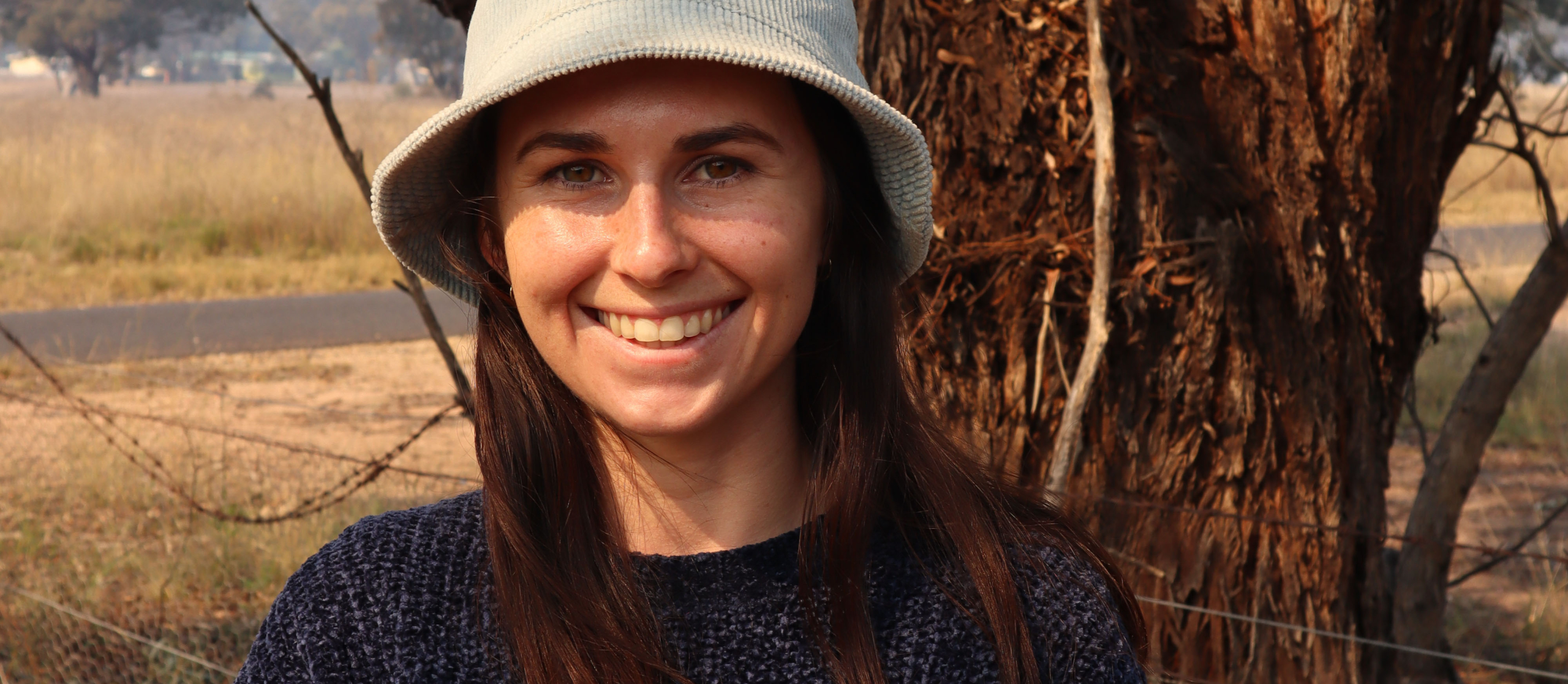Farm Dams – A Haven for Wetland Species
Published 3rd February 2023. Written by Maddison O’Brien
When you think of a farm dam, you could simply think of a means to water stock or irrigate crops, but with most of Australia’s wetlands disappearing, farm dams are vitally important habitats for wetland species in our landscape. With appropriate management of these common waterbodies, landholders can gain productivity and profitability benefits while enhancing farm dams’ biodiversity and conservation value.
Natural wetlands are some of the most ecologically diverse and fertile environments. Unfortunately, most of Australia’s wetlands are severely degraded or have been altered beyond repair due to changes to the water regime, physical modification of the habitat, eutrophication and other pollution, and invasion by exotic pest species. Suddenly the myriad of species such as aquatic plants, frogs, fish, insects, and water birds have been pushed out of wetlands, and the next best thing is the hundreds of thousands of dams found across farmlands in Australia.
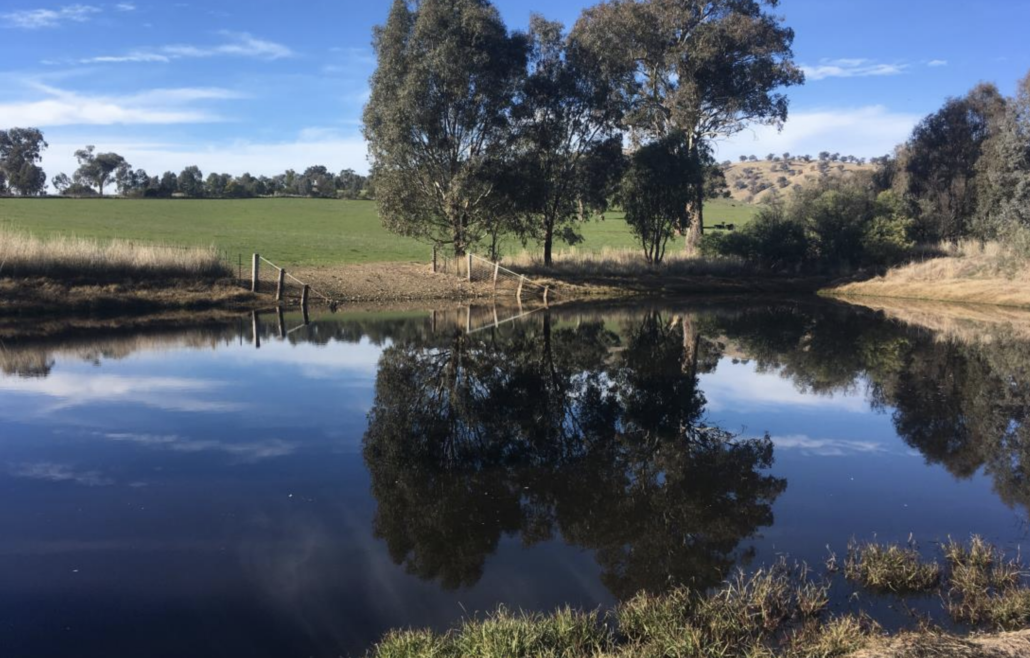
An example of a well-vegetated farm dam with a hardened access point. Image by ANU Sustainable Farms
Sustainable Farms, an initiative of the Australian National University, has built a body of research detailing how we can maximise the use of farm dams to support biodiversity whilst simultaneously boosting economic outcomes for farmers. By excluding or reducing stock access to dams, the water and soil underneath are left undisturbed, which improves the quality of drinking water for livestock. Clean water for your animals also makes them more hydrated and improves nutrient and mineral absorption levels. We all want healthy livestock. A well-managed dam can also reduce the risk of exposure to parasites such as liver fluke.
The most important step to enhance farm dams for farm production (and biodiversity) is to control or exclude livestock. This helps in two ways; it allows wetland vegetation to regenerate, acting as a water filtration system and stabilising the soil. It will also reduce the direct effects of livestock on water quality, such as defecating in water and damaging the dam’s banks. There are several ways to limit stock access to dams, such as fencing off the water’s edge completely and providing drinking water via troughs, creating a hardened access area to the dam so stock can only access the water from a single point and not anywhere around the dam. Utilising a rotational grazing system also works to minimise disturbance damage to dams.
With small incremental changes to dam management with the addition of planting beneficial grass, tree and shrub species, dams can become an essential means to keep livestock healthy. Habitat is then created to boost biodiversity, benefiting our farming landscapes. There are some fantastic resources about this subject at sustainablefarms.org.au.



